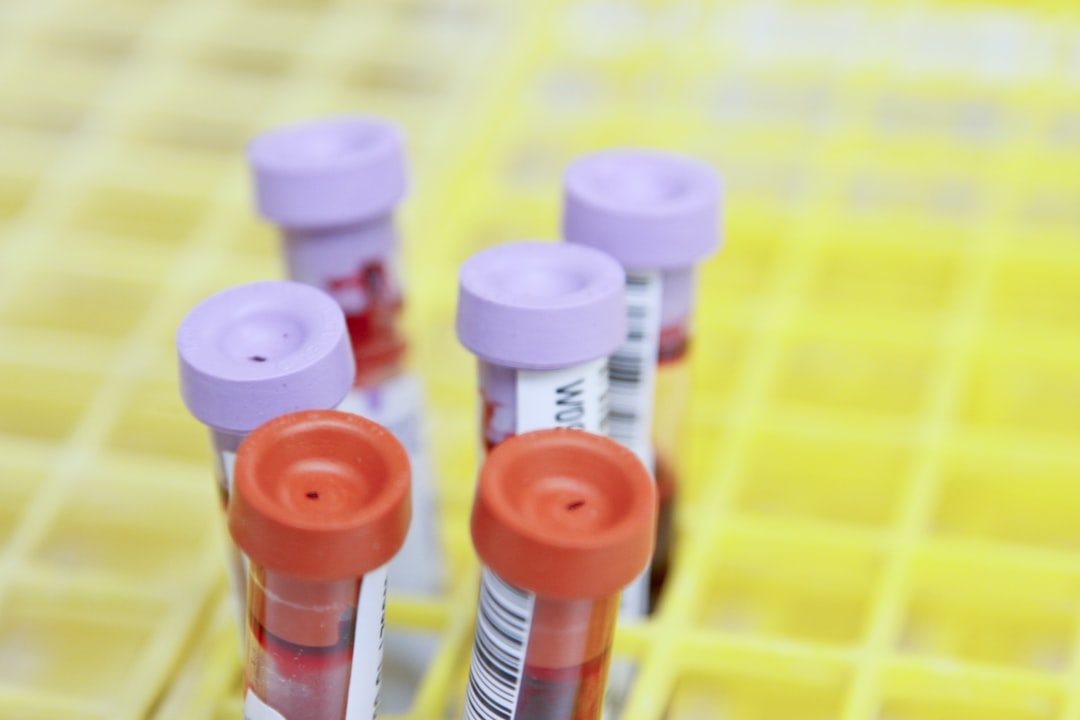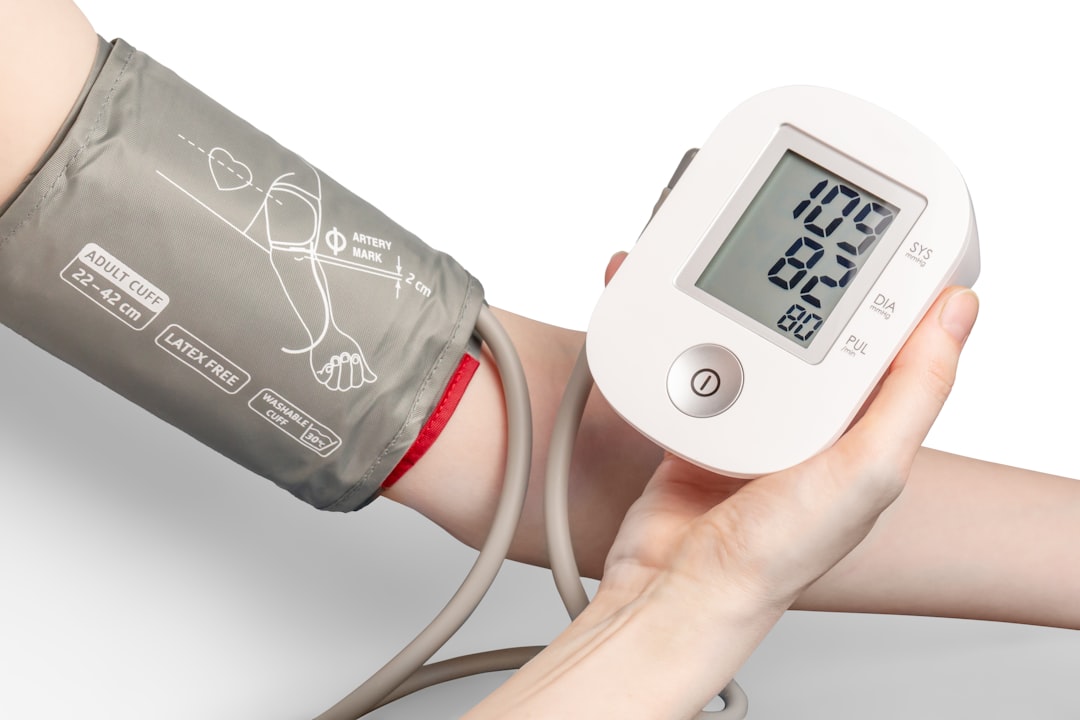What is it about?
In this paper we present data on a method adapting the in vitro 3H-hypoxanthine assay (that is normally used for P. falciparum) for use with zoonotic P. knowlesi parasites.
Featured Image
Why is it important?
Our modified 3H-hypoxanthine uptake assay provides a method for easily screening new antimalarial drug leads in vitro against a second Plasmodium malaria species. Up until now, only P. falciparum was able to be easily tested in vitro. This work is important as it now means we can determine whether potential drug leads can target multiple species. A step forward in malaria drug discovery!
Perspectives
This work was carried out by a talented Honours student - Megan Arnold. We are very pleased to have her continuing as part of our team as a PhD student. The assay she has developed is now being used by all members of the lab and providing an extra dimension to our malaria drug discovery work.
A/Prof Kathy T Andrews
Griffith University
Read the Original
This page is a summary of: Adaptation of the [3H]Hypoxanthine Uptake Assay forIn Vitro-Cultured Plasmodium knowlesi Malaria Parasites, Antimicrobial Agents and Chemotherapy, April 2016, ASM Journals,
DOI: 10.1128/aac.02948-15.
You can read the full text:
Resources
Contributors
The following have contributed to this page










